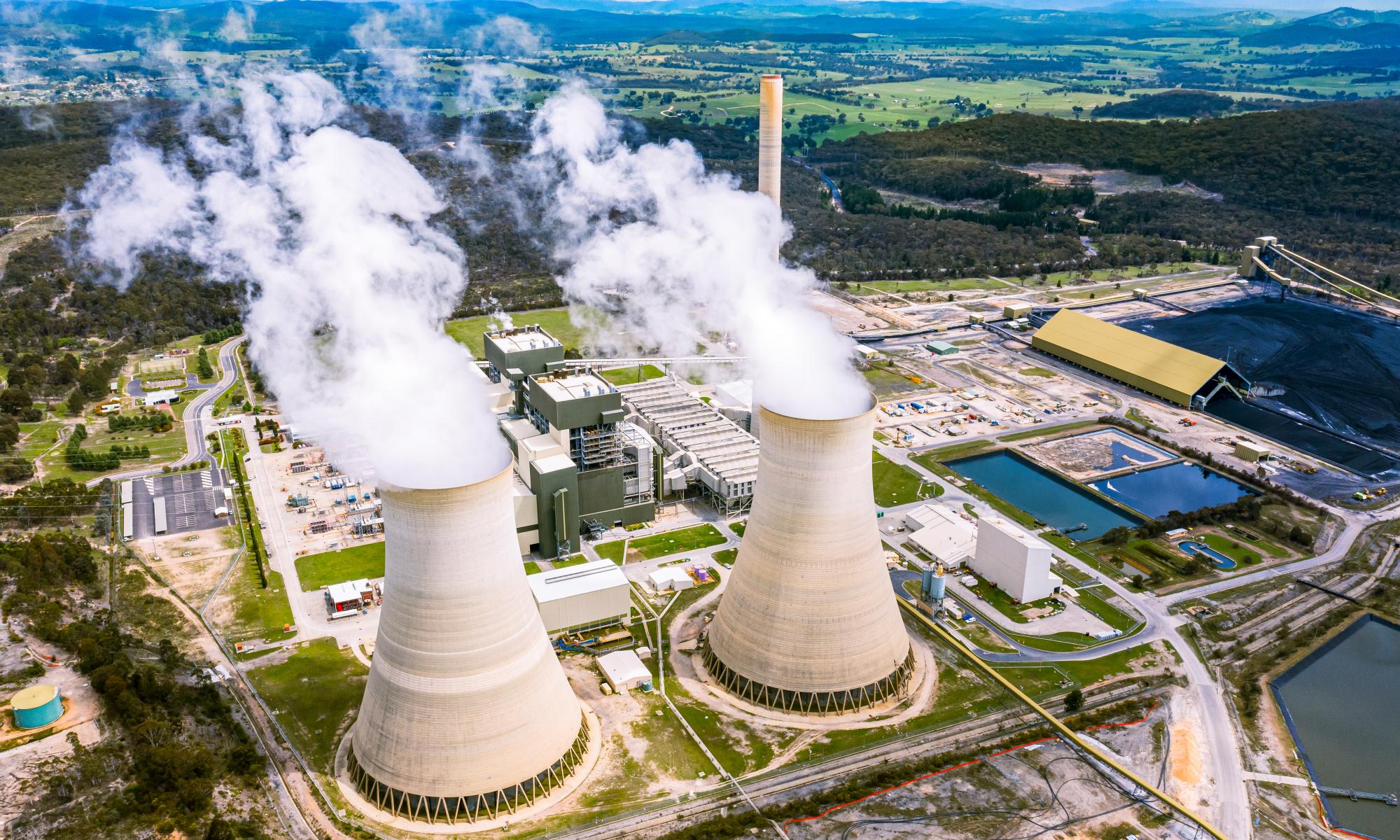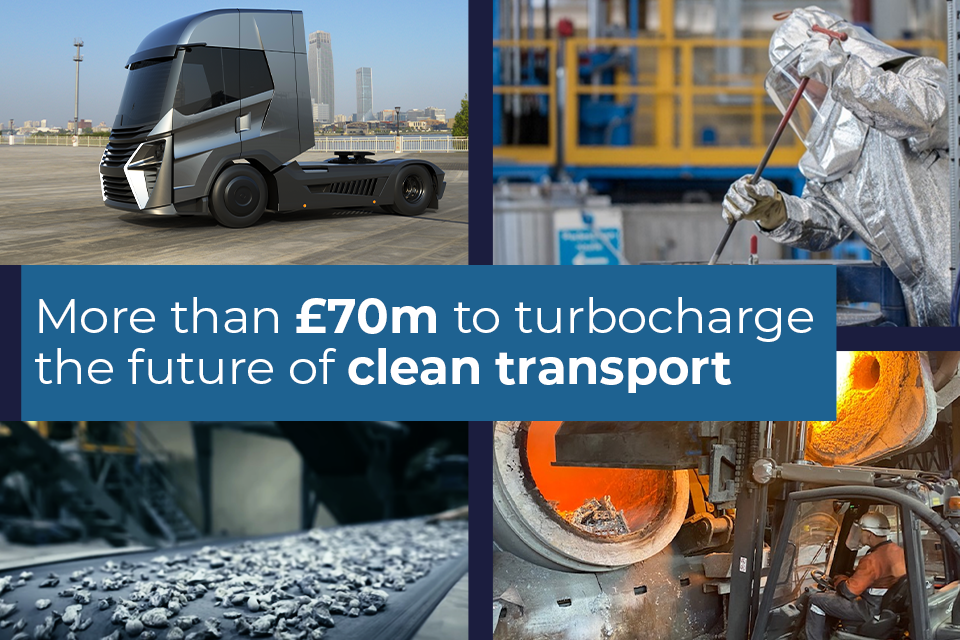Patricia McKenzie, AGL Energy’s new chair, breezily declared on Thursday “we’re in a very changed world now”, and she wasn’t wrong.
Her 185-year-old company had just announced what might be its last chance at a strategy that services its 4.2m gas and power customers while addressing mounting pressure from shareholders that AGL has a plausible date to exit coal.
By 2035, a decade earlier than previously stated, AGL will shut its 2210-megawatt Loy Yang A power station in Victoria’s Latrobe Valley. By then, Victoria’s electricity sector should be coal-free.
That AGL’s nemesis and biggest shareholder Mike Cannon-Brookes was on leave might also given McKenzie some latitude. The Atlassian co-founder and climate activist billionaire did, however, disturb his break long enough to declare, through a spokesperson, AGL’s faster coal departure to be “a positive step in the right direction”.
AGL’s year has certainly been a tumultuous one. In February, Cannon-Brookes teamed with Canadian asset manager Brookfields in an $8bn takeover bid to block a planned demerger by AGL into a retailing and mostly coal-fired power arm.
When that bid failed, Cannon-Brookes in May bought 11.3% of AGL and swayed enough investors to foil the company’s split and force much of the board to go.
On Thursday, the mood within AGL was one of relief that the new strategy had been generally well received, with McKenzie even citing Greenpeace as among the backers. Investors were less moved, with shares ending flat on a day the overall market advanced 1.4%.
The real challenges, though, are just beginning both for AGL and indeed, much of the energy sector. That’s the case notwithstanding news this week of Victoria’s greatly increased goals for new storage to support all the renewable energy needed to replace Loy Yang A, and Queensland’s $62bn plan to cease coal-fired power by 2035.
For interim chief executive Damien Nicks, the day’s buzzwords were “aligned ambition”. AGL, along with state, territory and – finally – the federal governments, were all starting to head towards the same decarbonising direction.
“What’s really important through this process is to get alignment on where the build happens as efficiently as possible,” Nicks told Guardian Australia.
“That will ultimately drive the best outcome for our customers – but saying that, there is a huge amount that needs to be spent.”
AGL reckons it will need to find $20bn to meets its raised goal of adding as much as 12 gigawatts of new wind and solar plants and storage in the form of big batteries and pumped hydro by 2036.
“That’s about 12 gigawatts in a little over 12 years,” one person familiar with AGL’s plans said. “No one’s building it at that rate” in Australia.
AGL has so far identified about 3.2 gigawatts of new capacity and storage. It’s going to be seeking a slew of new projects just when rivals Origin Energy and Energy Australia – both quickening their exit from coal – are doing the same.
AGL’s board, too, may be far from settled.
Grok on Wednesday fired a warning shot that it planned to support four new independent board members, including former Energy Security Board chair Kerry Schott. The industry stalwart, who turned 78 just over a week ago, would be joined by other experts including a professor and a solar veteran.
McKenzie said while shareholders had the right to nominate directors, the five-member board would make its own recommendation when it issued its notice for the 15 November annual general meeting by 7 October.
“We are looking to add some directors to the board,” she said. “Now that we have determined the strategic review and direction, we will need the skillset to implement that.”
Dylan McConnell, an energy expert and author of a chapter in the soon-to-be-published The Superpower Transformation, said this week’s moves by AGL and the states of Victoria and Queensland would narrow the wide gap between the reality on the ground and what the energy market operator calls the “Step Change” scenario needed to approach the Paris climate goals of slashing greenhouse gas emissions.
“But there’s still some filling to be done,” McDonnell said.
That aspect of the world, at least, hasn’t changed much.


